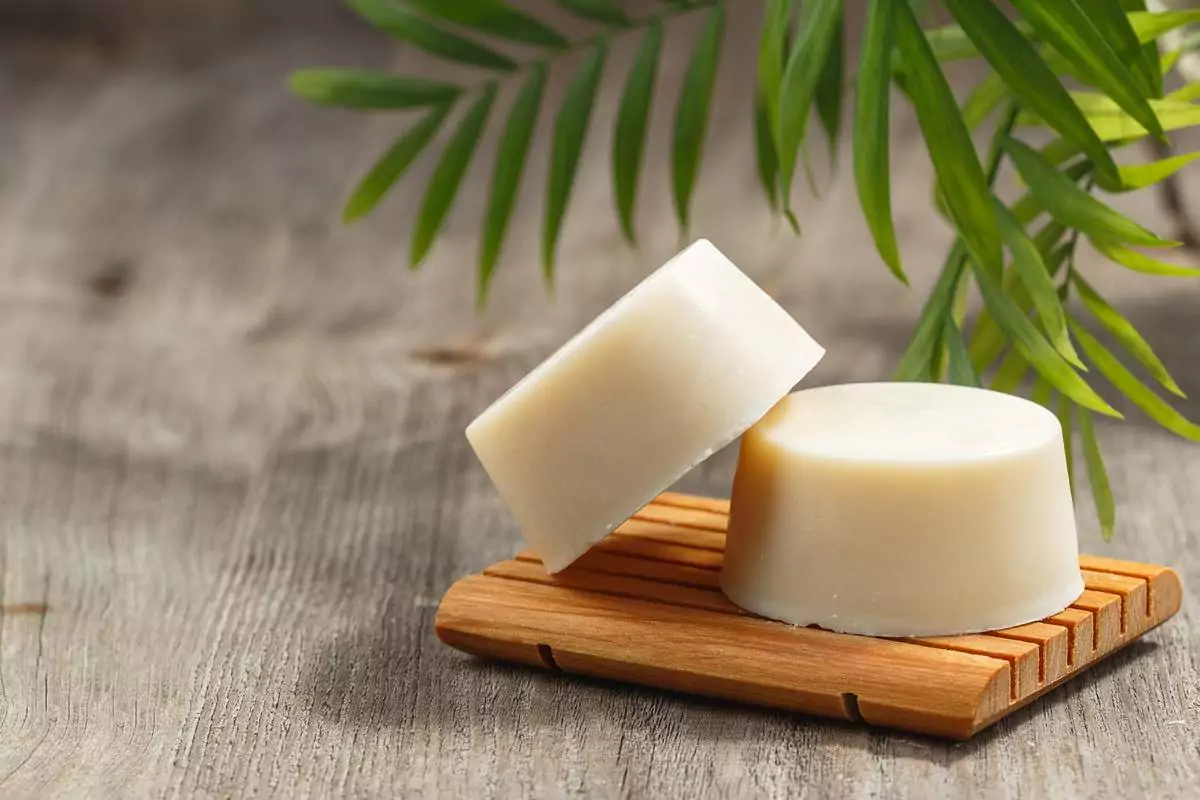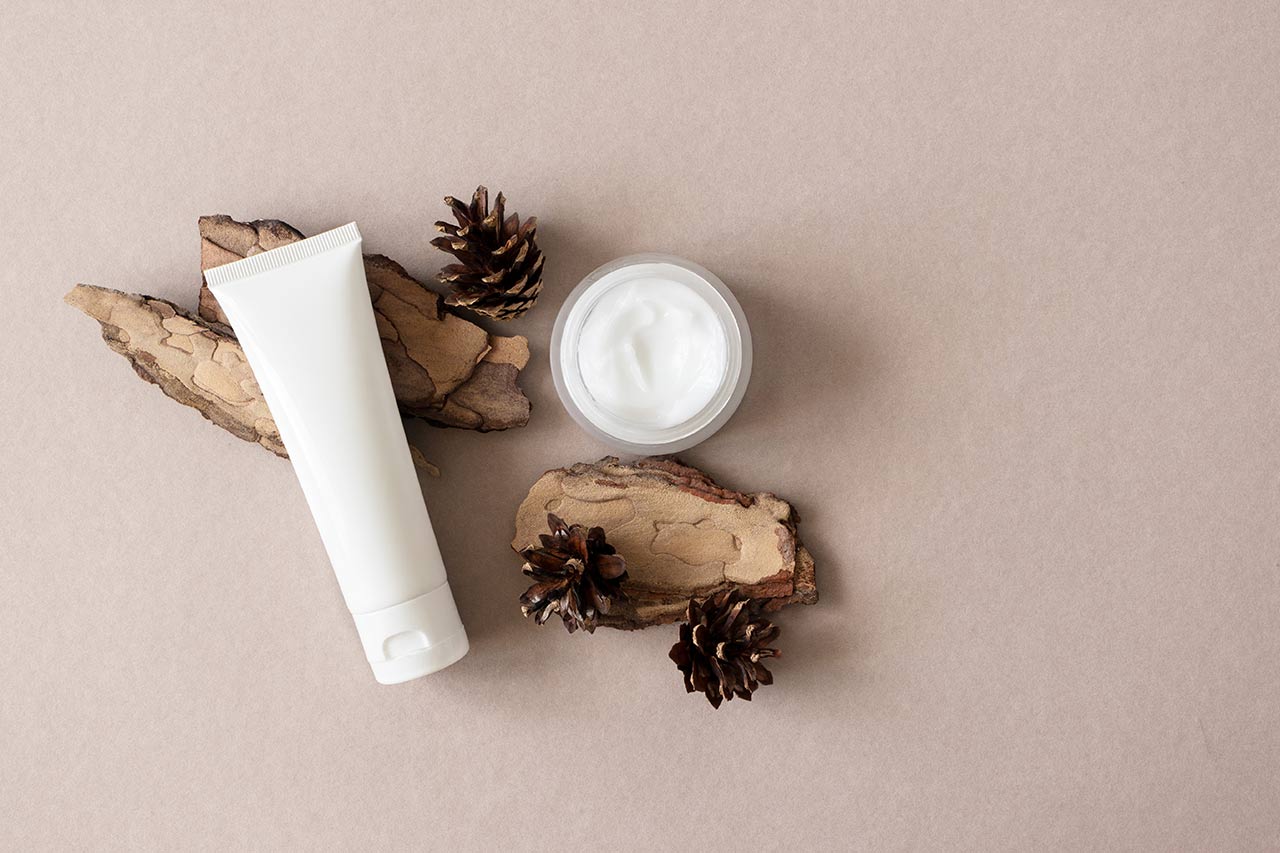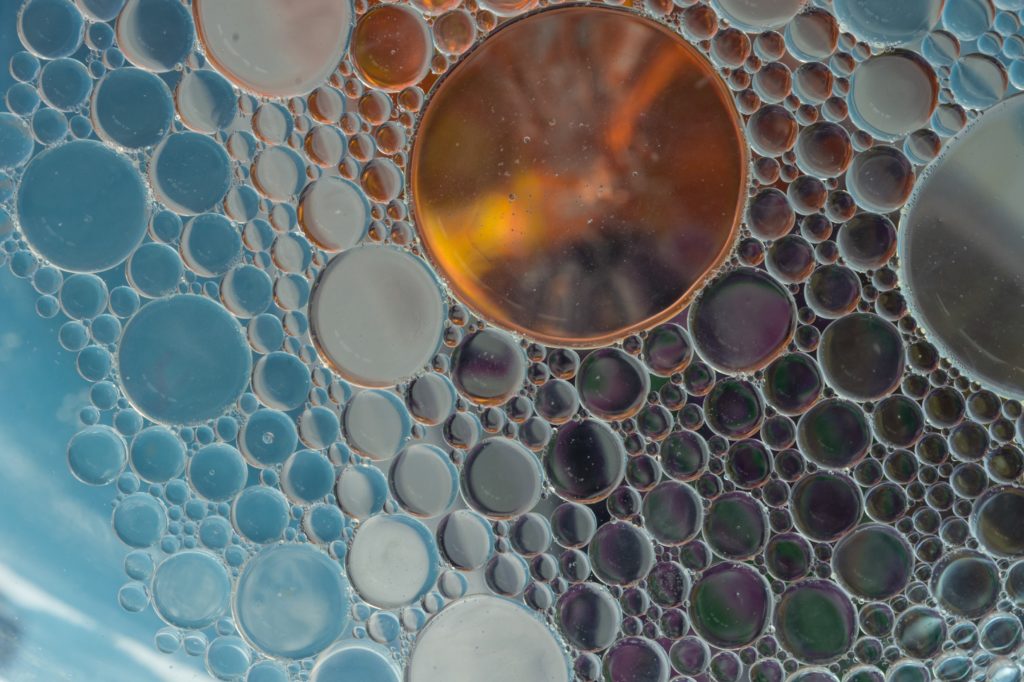What are reconstitutable powders?
These new formats come in the form of refillable loose or compacted powders (in pill or lozenge forms) that can be rehydrated in a container to make a liquid, solution, or emulsion (skincare products, hair masks, shampoos, body care, etc.). While this format is novel in the cosmetics field, it is already in use in agri-food, for example with powdered milk products and cleaning products such as Pure Pills cleaners.
What is the added value of these waterless cosmetics in powder form for consumers?
At the crossroads of classical, solid, and DIY beauty products, reconstitutable powders respond to the expectations of consumers in terms of sensory experience and sustainability, while maintaining microbiological quality.
Compared to the solid format (bars), powder cosmetics conserves a classic sensory experience, while maintaining a solid purchase format.
Additionally, contrary to the classic format, it reduces the carbon footprint during transport, establishes a refillable system, and limits the usage of single-use plastics.
Finally, in line with most DIY formats, reconstitutable powders offer the consumer a fun experience of creating a beauty product by simplifying the reconstitution process and minimizing dosage and microbiology problems.
Want to know more? Discover our page dedicated to solid cosmetics >
An emerging market that remains confidential
In 2020, the new products on this market were focused on hygiene, with the arrival of a reconstitutable shower gel from 900.care, shampoo from BTCPTP-Step One, or toothpastes from Ju. In 2022, the first skincare products appeared, with the brand Mono Skincare launching 14 luxury waterless cosmetics from tablets, ranging from makeup remover to daily cream, and more recently 900.care’s reconstitutable micellar water.
Today, while the interest of consumers is increasing, these formats remain on a confidential market brought about by emerging and niche brands. Manufacturers are proposing innovations on this format, including the range of skincare and hygiene products in tablet form from the brand Aircos, Anjac’s expert powders channel, and a shaving product and shower gel from Fareva that is reconstituted from a tablet.
Technical challenges linked to the manufacturing and reconstitution of these waterless cosmetics
The necessary know-how for producing waterless cosmetics in powder form
While this novel format is interesting for consumers, its manufacturing process isn’t without technical challenges for the industry. Indeed, manipulating powder is a technologically complex terrain that is new for manufacturers of classical products and contains challenges related to stability and quality. Amongst these challenges is the compression of tablets, which requires a knowledge of manufacturers to obtain a stable product, or a tablet that is both stable against humidity and able to be reconstituted in a reasonable amount of time. Beyond these issues, the safety of manufacturers is equally important to take into account during the production and packaging of this format.
Maintaining microbiological quality during the reconstitution of waterless powder cosmetics
Additionally, it is important to take into account the technical challenges linked to water quality variability on the consumer’s end. Indeed, the water used by manufacturers is filtered to ensure the final microbiological quality of the product. By contrast, the water used by consumers to reconstitute their product isn’t necessarily filtered (tap water) and can cause microbiological problems or issues with the product’s conservation. Manufacturers must therefore find the right balance in order to propose a format with optimal stability and reconstitution.
With these complex technical challenges and the niche market, the format of reconstitutable cosmetics leaves much space for innovation in terms of both formulations and galenics. An example was shown at the In-Cosmetics 2022 conference, where the brand Azelis presented a reconstitutable cream from gummies. What other innovations will reconstitutable formats bring the cosmetics industry in the coming years? Alcimed is here to help you in your projects linked to the cosmetics of the future. To learn more, contact our team!
About the author,
Angèle, Consultant in the Alcimed’s Cosmetics & Luxury team in France



